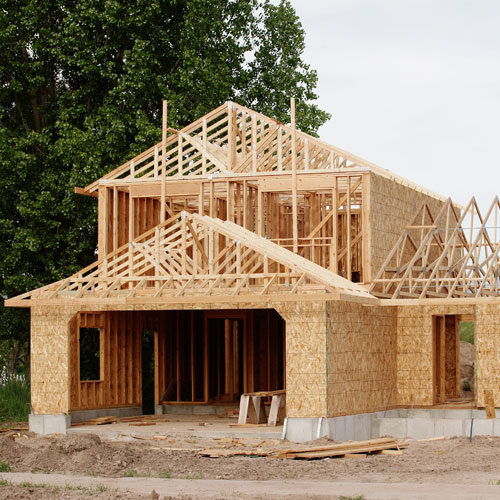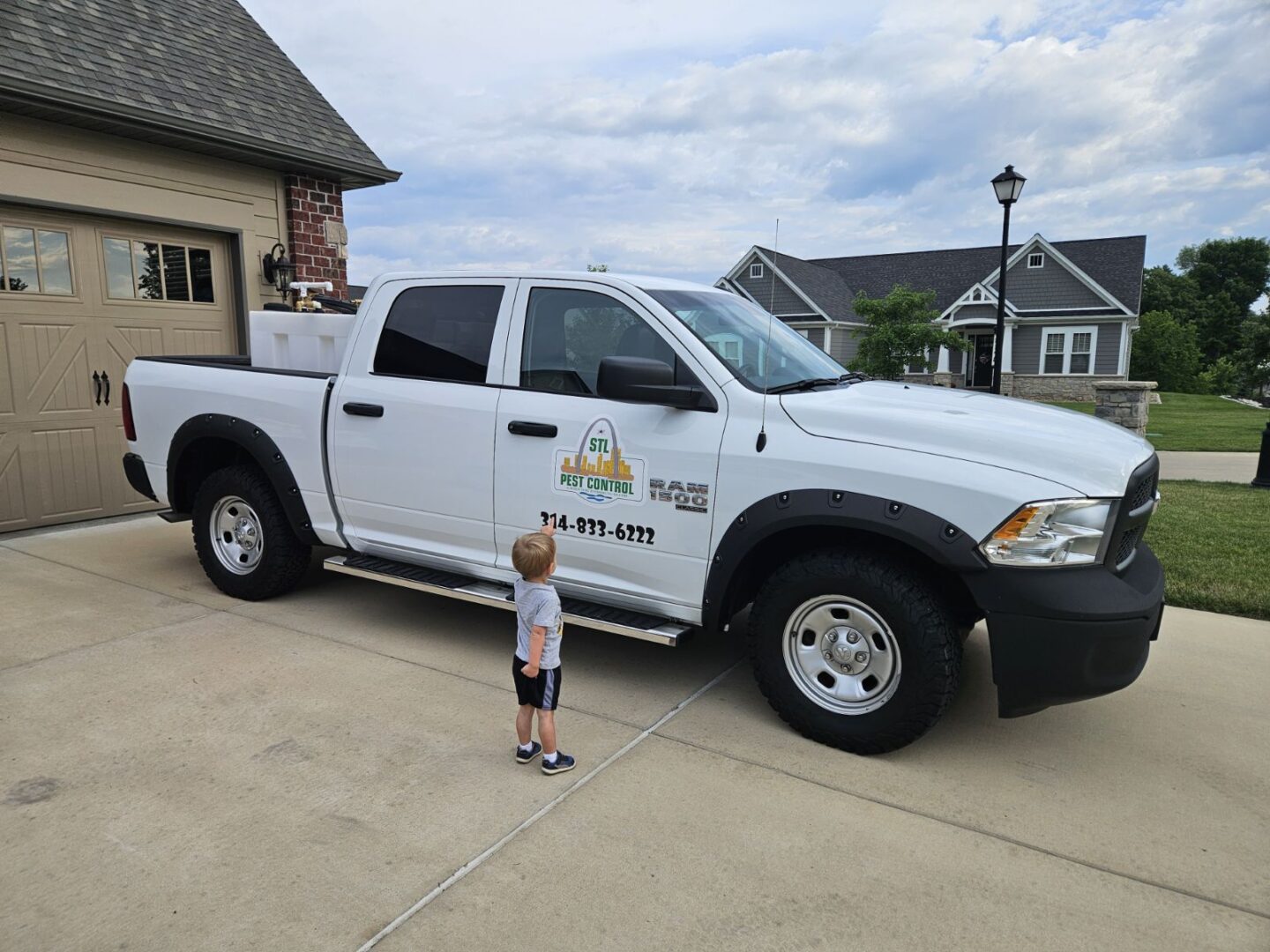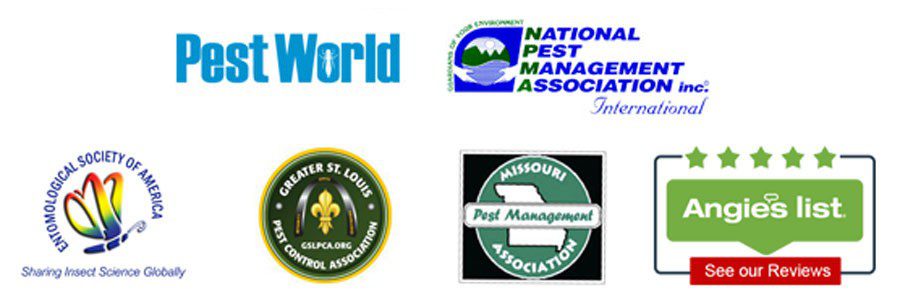Termite Pre-Treatment
#1 In Termite Prevention
Residential and Commercial Termite Pre-Treatment
Treatment to a home or commercial building during construction for termite control is called pre-treating. Termiticide is applied to the prepared soil, rock and roughed in plumbing just prior to pouring concrete. This is the best time to apply a chemical barrier protection against termite infestation. Pre-treating is done for new construction as well as home additions or replacement of porches, patios and other concrete slabs adjacent to the exterior foundation wall of the home.
If you are changing the landscaping, putting in a sump-pump, waterproofing the foundation (on the exterior) or mud jacking a porch you will need to consider treatment or pre-treatment to those areas during the construction phase to be sure your most valuable investment is protected from the silent attack of termite infestation. STL Pest Control is available for all your termite treatment needs. If you are considering any type of construction, remodeling or repair of your home, give us a call.
Builders can adopt several pre-construction strategies to minimize conditions conducive to termite infestation, such as:
- Avoid direct contact between wood and soil by using concrete bases to support wooden structures.
- When wood needs to be in contact with soil, opt for materials that are either pressure-treated or naturally resistant to termites.
- Refrain from burying cellulose-based materials, like wood, at the construction site, particularly under areas like front porches, as these can attract termites.
- Ensure the soil around the foundation slopes outward to facilitate proper water drainage away from the building.
- Implement effective ventilation in crawlspaces to prevent moisture accumulation, which termites thrive in.
- Keep any wood in crawlspaces at least 18 inches off the ground to prevent direct contact with soil.
- Install exterior siding a minimum of six inches above the ground level to limit potential termite entry points.
Five Frequently Asked Questions (FAQs) about Termite Pre-Treatment:
Q: What is termite pre-treatment and why is it important?
A: Termite pre-treatment refers to preventive measures taken to protect a building from termite infestations, typically applied during the construction phase. It is crucial because it helps to prevent costly damage caused by termites in the long run, ensuring the structural integrity of the building.
Q: What methods are commonly used in termite pre-treatment?
A:Common methods include applying termiticides to the soil before laying the foundation, installing physical barriers like stainless steel mesh or sand barriers around the foundation, and using termite-resistant building materials.
Q: How long does termite pre-treatment last?
A:The longevity of termite pre-treatment depends on the method used. Chemical treatments can last up to 5 years, while physical barriers like mesh or sand can last much longer if undisturbed.
Q: Is termite pre-treatment environmentally safe?
A:Most modern termiticides are designed to be environmentally safe and target specific to termites. However, it’s important to choose products and methods that are approved by environmental protection authorities and applied by licensed professionals.
Q: Can I do termite pre-treatment myself or should I hire a professional?
A:While some DIY termite prevention methods exist, professional application is recommended for pre-treatment. Professionals have access to more effective materials and possess the expertise to apply them safely and effectively.






Our Office

Quick links
Services
Contact
Service Areas - We service all of St. Louis City and St. Louis County areas
Affton, MO. 63123 | Arnold, MO. 63010 | Ballwin, MO. 63021, 63011 | Barnhart, MO. 63012, 63057 | Berkeley, MO. 63042, 63114, 63121, 63134, 63140 | Brentwood, MO. 63144 | Bridgeton, MO. 63074 | Chesterfield, MO. 63017 | Clayton, MO. 63105 | Cottleville, MO. 63304, 63338, 63376 | Crestwood, MO. 63126 | Creve Couer, MO. 63146 | Dardenne Prairie, MO. 63368 | Des Peres, MO. 63131 | Earth City, MO. 63044, 63045 | Ellisville, MO. 63011, 63017 | Eureka, MO. 63025, 63069 | Fenton, MO. 63026 | Ferguson, MO. 63033 | Florissant, MO. 63033 | Frontenac, MO. 63131 | Glencoe, MO. 63005, 63038, 63040 | Grover, MO. 63040 | Hazelwood, MO. 63042, 63134 | High Ridge, MO. 63049, 63069, 63051 | House Springs, MO. 63051 | Imperial, MO. 63012 | Jennings, MO. 63136 | Kirkwood, MO. 63122 | Ladue, MO. 63124 | Lemay, MO. 63125 | Manchester, MO. 63021 | Maplewood, MO. 63117 | Maryland Heights, MO. 63043 | Mehlville, MO. 63125, 63129 | Normandy, MO. 63133, 63135 | O’Fallon, MO. 63366, 63368 | Oakville, MO. 63129 | Olivette, MO. 63132 | Overland, MO. 63114 | Pagedale, MO. 63133, 63135 | Richmond Heights, MO. 63117 | Shrewsbury MO. 63119 | St. Ann, MO. 63074 | St. Charles, MO. 63301, 63302, 63303 | St. Louis City, MO. | St. Louis County, MO. | St. Louis, MO. | St. Peters, MO. 63304, 63376 | Sunset Hills, MO. 63127 | Town & Country, MO. 63141 | University City, MO 63130 | Valley Park, MO. 63088 | Webster Groves, MO. 63119 | Wildwood, MO. 63005, 63040, 63025, 63038, 63069 |

